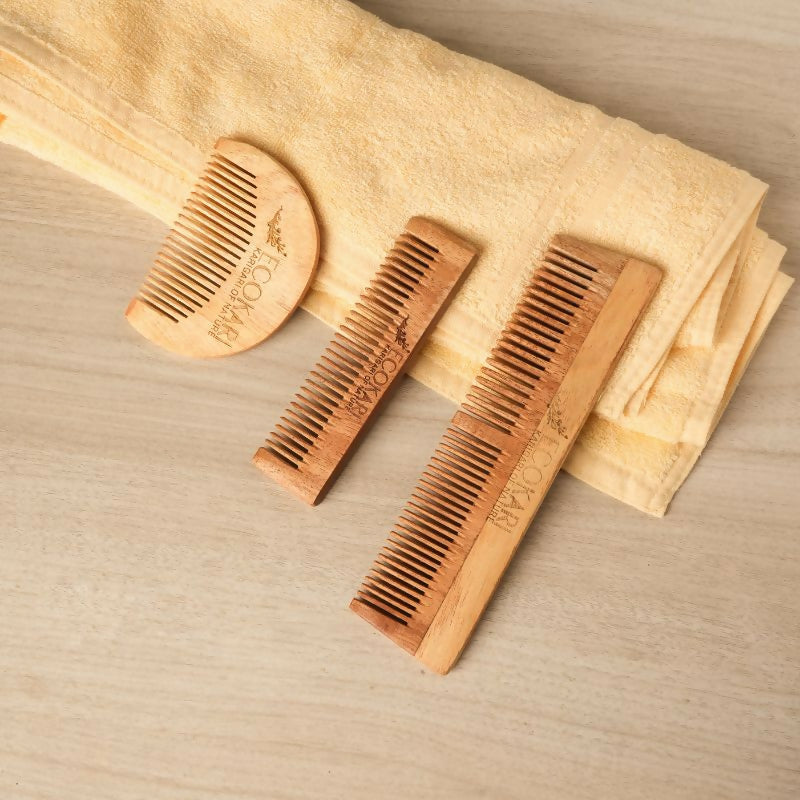Indian Arts and Crafts That Keep the Diwali Spirit Alive

With Diwali right around the corner, homes across India begin to transform through rituals and practices that celebrate the festival of lights. Many of these traditions come from lineages that have preserved ancient knowledge across generations. Alongside these rituals, India’s handmade arts and crafts continue to play an important cultural role. They are practices that minimise environmental impact and keep traditional methods alive. We look at a few Indian crafts that continue to thrive during the festive season, passed down through generations of artisans.
Terracotta Diyas
Terracotta diyas, among the most eco-friendly and age-old festive crafts of India, are handmade oil lamps shaped from sun-dried and kiln-fired clay. They are traditionally used to light up homes and entrances during Diwali. In many towns and villages, local potters begin shaping these lamps weeks in advance. The diyas are crafted either by hand-moulding or using a potter’s wheel. Terracotta lamps have existed for centuries, and their simple, elegant form has remained largely unchanged over time. Terracotta diyas, being made from natural clay are biodegradable and affordable.

Aipan
Aipan is practiced in the Kumaon region of Uttarakhand. This traditional art form is created using a paste made from soaked and ground rice. The base surface is prepared with red earth, often applied as a wash to courtyards and entrances. Women draw geometric patterns and religious symbols that mark sacred space and prepare the home for ritual. The motifs are believed to invite prosperity and divine presence.

(Image source: Pinterest Aipan Art)
Mandana Paintings
Mandana is a traditional art form from Rajasthan and is also practiced in parts of Gujarat and Madhya Pradesh. It involves drawing white lime patterns over a base of red clay. The practice is carried out during festivals like Diwali and weddings. It is also seen before harvest rituals and other community events. The designs are created using fingers or hand-made natural brushes. Common motifs include birds, tigers, footprints, flowering trees, and geometric shapes. They use naturally sourced materials and require no artificial tools.

(Image source: Map Academy, Photograph - Chinmayisk 2015)
Lippan Kaam
Lippan Kaam is a mud and mirror relief art from the desert region of Kutch in Gujarat. It involves a paste of clay and organic fibre onto walls. Small mirrors are embedded into the design while the surface is still wet. This form of decoration is often found inside circular homes known as bhungas. These are built to withstand the region’s extreme heat. These artworks can become part of Diwali decor or be shared as meaningful gifts that celebrate regional craft.

(Image source: Left- Design Decor & Disha, Right Pinterest)
Urli Bowls
The Urli is a wide-mouthed bowl traditionally made of bronze and brass goes back to centuries. Found in Tamil Nadu and Kerala, it is crafted using old metalworking techniques. It is often placed at the entrance of a home. During Diwali and Onam, households fill the Urli with water, flowers, and sometimes floating candles. It is believed to calm energy and welcome guests into a peaceful space.

(Image source: Pinkz Passion)
These practices reflect the diversity found in every part of India. Honouring these traditions keeps alive the spirit of craft and the stories that bind communities together. Tell us which festive art you hope to bring into your home this Diwali, or share what is practiced locally in your city.






Leave a comment